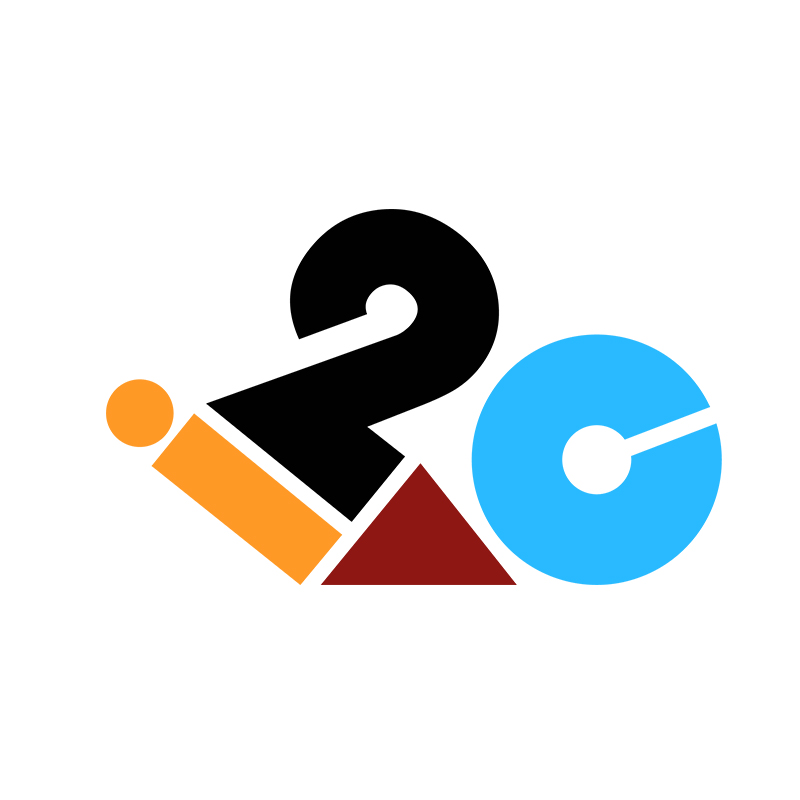The COVID-19 pandemic changed everything, including customer rewards expectations.
Today’s consumers are no longer solely driven by loyalty to financial services; instead, they seek to be acknowledged, understood, and connected with on a personal level. This emerging consumer demands authentic brand experiences and tailored offerings that align with their values and lifestyle. As a result, traditional rewards programs are simply not enough anymore.
Customer engagement strategies for banks need updating. Rewarding customers for actions beyond credit card spending, such as for new loans, anniversaries, deposits, and more, can foster a deeper relationship and long-term profitability. And innovative engagement strategies can create growth and customer stickiness throughout the lifecycle, ensuring your financial institution thrives in a competitive landscape. Want to optimize customer loyalty and profitability through rewards? Read on.
Why Expand the Rewards Approach?
Traditional rewards programs fail to take the overall banking relationship into consideration, which means lost opportunities. Relationship-based rewards, however, engender stronger customer loyalty and brand affinity. Adopting a rewards program that is personalized to your customers can pave the way to more services and increased product usage, as well as revenue growth for your institution.
It is hard for banks to establish loyalty these days, especially with younger generations such as Millennials and Gen Zers. However, various research shows that the major factors affecting customer loyalty in banks are engagement and rewards programs. A full 7 out of 10 customers agree that rewards influence their decisions, and 2 out of 10 would spend more if offered personalized rewards. Additionally, customers referred to you by other customers will create 15% more profits than those who are not. And finally, 60% of customers say it is “extremely” or “very” important that banks develop unique rewards programs.
To stay competitive in today’s digital landscape, banks need to study the successes of retail giants like Starbucks. The Starbucks Rewards program incentivizes spending but also offers rewards to cross-sell products and celebrate customer loyalty in financial services. Closer to home, financial institutions like Citibank, with its Citi ThankYou Rewards program; J.P. Morgan, with its One Card; or Capital One, with Capital One Rewards, show that it is possible to deliver exceptional value through rewards programs at the enterprise level.
What are Some Effective Strategies for Rewarding Customers?
- Reward other accounts besides credit cards. While it is true that credit card accounts are most associated with rewards, why stop there? Your bank can experiment with rewards for opening or spending in other kinds of accounts as well, like deposit accounts or mortgages.
- Celebrate special events. Everyone likes to be acknowledged on special days. Consider rewarding customers on special life event days like birthdays or anniversaries. This is one of the best ways to boost customer loyalty for banks.
- Embrace promotional rewards. Do not underestimate the power of promotional rewards based on spending or activities. Use rewards to drive customer behavior and the use of specific tools or products.
How Can Banks Transition to a More Holistic Approach to Customer Loyalty?
Banks are changing how they build loyal customers. They are working toward a more holistic approach to nurturing customer loyalty in banking. This involves reevaluating existing bank loyalty programs and strategies within the realm of customer loyalty in financial services. This shift prioritizes understanding and addressing the intricacies of customer loyalty for banks, aiming to foster deeper connections and enhance overall satisfaction.
- Understand your customer base. No rewards program will work without a good understanding of what customers want. And this goes beyond strategic research. Talk with your customers about what they value and what kinds of rewards would make them do more business with you. Work to develop a good understanding of your customer base. Where are the gaps and opportunities you want to address?
- Establish success measures. What does an effective rewards program look like at your financial institution? Common measures of customer satisfaction include retention rate, customer satisfaction, and net promoter index.
- Launch and market right away. Launch your new program and be sure to market the program right away. To maintain momentum after launch, create a promotional calendar six months to one year ahead.
- Offer a referral bonus. Consider offering a referral bonus for customers who help generate new business. You could consider a tiered system where certain rewards are offered for inviting others to become new customers, with more valuable rewards for successful conversions.
Effective customer rewards programs can be critical revenue drivers for small to medium-sized financial institutions. However, programs to increase customer loyalty for banks represent considerable investments in time, labor and opportunity costs. Your institution cannot afford to make mistakes.
That is why it makes sense to partner with an expert. Experts like i2c can help your financial institution evaluate where to focus efforts and structure a program that is beneficial to both your business and your customers. Our flexible credit card issuing platform can handle all of the credit card needs of the new, emerging customer who expects flexibility and personalization.
Contact i2c today, and we can start working together to create a unique, customer-focused loyalty program that will delight your customers and boost profits for your bank at the same time.


